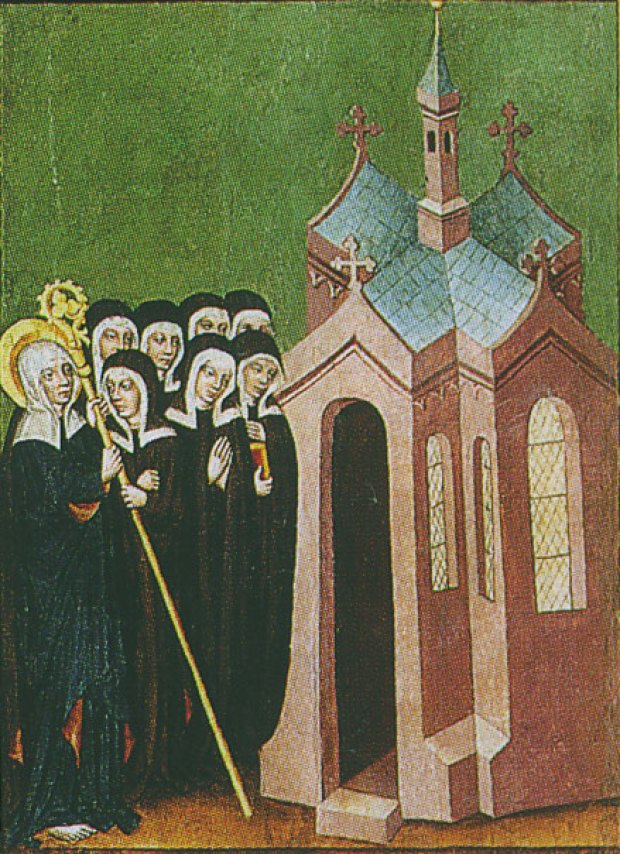Lenten Campaign 2025
This content is free of charge, as are all our articles.
Support us with a donation that is tax-deductible and enable us to continue to reach millions of readers.
According to the experts at the Getty Museum, one of the most interesting creatures they have in their collection isn’t a majestic lion or a graceful bird, but a spiky little hedgehog.
This charming critter appears in a medieval manuscript, nestled in the sleeve of a woman being pointed at by another. But how did this prickly pal end up in such a holy setting?
Let’s turn to the Getty’s manuscript curators, Elizabeth Morrison and Larisa Grollemond, for some answers.
“It’s not a complex story,” Morrison explains, “but it’s certainly funny and unexpected. We often don’t associate medieval nuns with humor, so this scene is quite surprising.”
The scene takes place in the 13th century at Trzebnica Abbey, a Cistercian convent in Poland. The woman on the right appears nonchalant, hiding something beneath her cloak. However, the woman on the left, with a knowing look, points directly at the hidden object – a smuggled hedgehog! (Nuns were not to have pets, naturally.)
“I love the implied conversation here,” says Grollemond. “It’s like one nun is saying mischievously, ‘What’s that in your sleeve?’ and the other pretends innocence, replying, ‘Oh, I have no idea how that got there!’”
Morrison adds, “The image is so specific, it makes us believe there’s some truth to the story.”
While religious manuscripts more generally depict miraculous events, “I can’t think of any other saint’s story involving a hedgehog,” she says with humor.
And while the hedgehog is undoubtedly cute, this story is truly about the woman pointing at it: a 13th-century duchess named Hedwig of Silesia.
Who was St. Hedwig? Beloved of Poland
Hedwig was no ordinary noblewoman. She was born in Bavaria in 1174, and at age 12, married the head of Greater Poland.
It was at her request that her husband, Henry I of Silesia, commissioned the very abbey where the hedgehog scene takes place.

As a married saint, Hedwig appeals to wives and mothers, with an example of life closer to their own. This is particularly the case because she had many trials to face in her married life. While Henry and Hedwig were happy and both lived lives of extraordinary holiness, founding convents and hospitals, their seven children were often bickering among themselves. In fact, only one child survived Hedwig.
But Hedwig lived a life of mortification, going without shoes, and working herself in the hospitals she and her husband founded. It is said that at one point, she took 10 weeks teaching the Our Father to a poor woman.
Hedwig was canonized in 1267 by Pope Clement IV, and her feast day is October 16. She is considered a patroness of brides.

Legacy
A church dedicated to her is one of the examples of Polish architecture in Chicago; in fact it was the first Polish parish in the city.

To learn more about St. Hedwig, you can visit the J. Paul Getty Museum and delve deeper into the illuminated manuscript of her life, the Vita Beatae Hedwigis.









